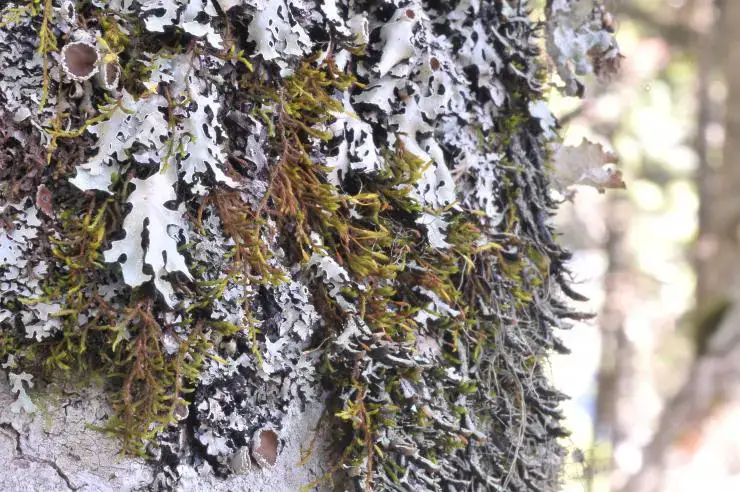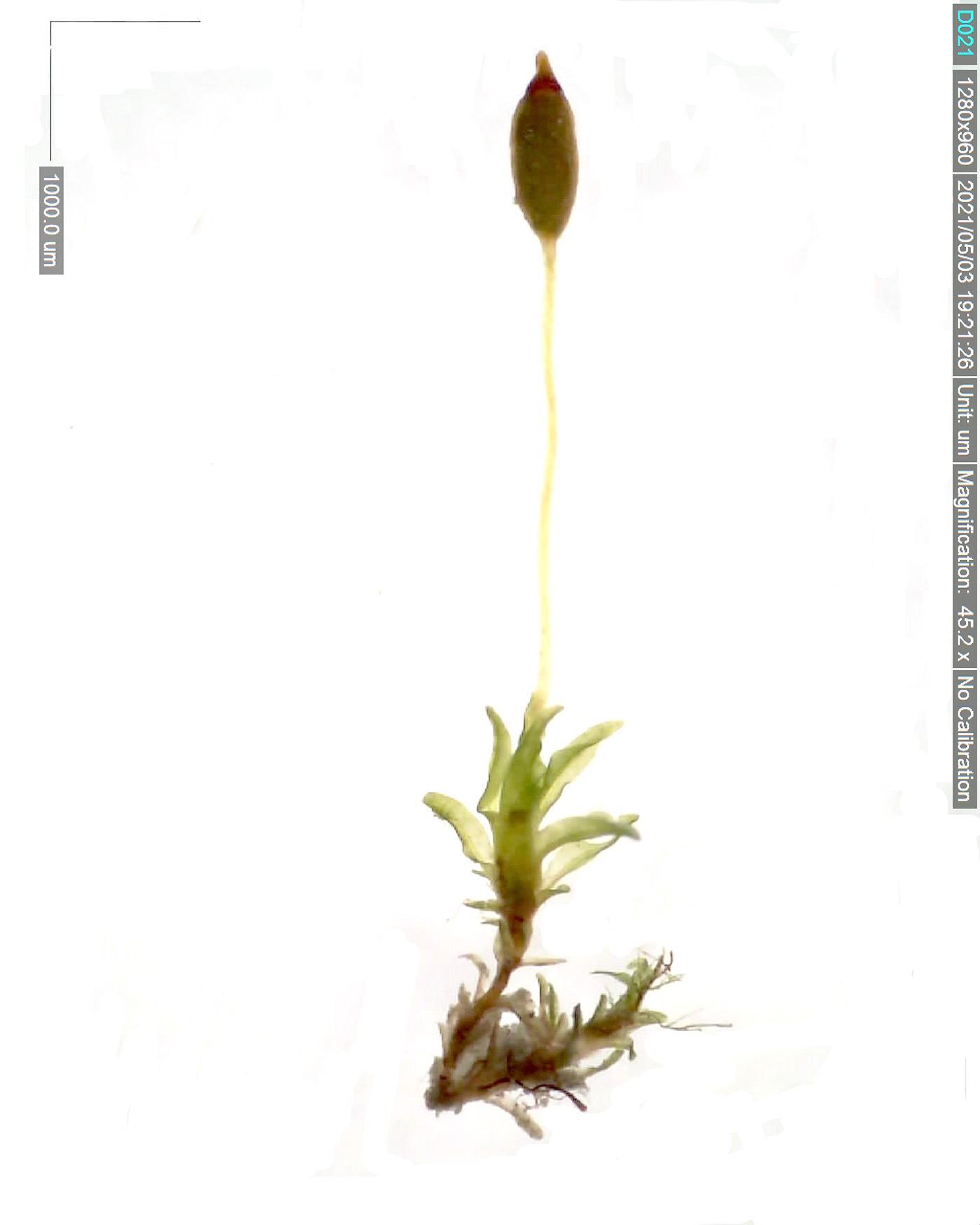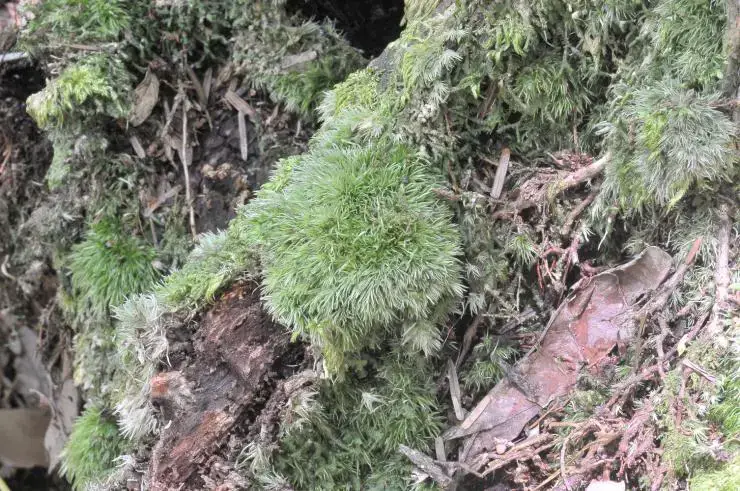
5856d54f21c593d9017a4c708465902e.jpg from: https://openmuseum.tw/muse/digi_object/944be5363af1050246cc941b5ca41998
Exploring the Fascinating World of Gyroweisia Rohlfsiana Moss
Introduction
Mosses are often overlooked, but they play important roles in ecosystems around the world. One particularly interesting species is Gyroweisia rohlfsiana (Müll.Hal.) Paris, a small but mighty moss in the

3387-l-2.jpg from: https://www.wildflowers.co.il/hebrew/picture.asp?ID=21611
Pottiaceae family. In this blog post, we’ll dive into the details of this fascinating bryophyte.
Background on Mosses
Mosses are non-vascular plants in the division Bryophyta. Unlike other plants, they lack true roots, stems, and leaves. Instead, they have rhizoids, stems, and leaf-like structures called phyllids. Mosses are found on every continent and play key roles in their ecosystems.

7037e79d418c961c5141889e083833ce.jpg from: https://taieol.tw/muse/digi_object/2355523fe7d6b11d4b7a8ac495911fd7
Morphology and Identification
G. rohlfsiana is a small, tufted moss that forms dense cushions or mats. Its leaves are lanceolate (lance-shaped) and have a strong midrib that extends to the leaf tip. The leaf margins are entire (smooth-edged). Capsules are ovoid to cylindrical and borne on a seta (stalk) 3-10 mm long.
This species can be distinguished from other Gyroweisia mosses by its smaller size (stems 2-10 mm tall), shorter seta, and habitat preferences. However, microscopic examination of leaf cross-sections is needed for definitive identification.
Global Distribution and Habitat
G. rohlfsiana has a widespread but scattered distribution. It is found in:
- Europe
- Asia
- Africa
- North America
- South America
This moss grows on exposed, basic rock surfaces like limestone and concrete. It tolerates high light and low moisture conditions that many other mosses cannot. In North America, it is most common in the southern and western states.
Ecological Roles and Adaptations
As a pioneer species, G. rohlfsiana plays an important role in breaking down rocks and building soil. Its rhizoids and secreted acids help weather rock surfaces. Over time, this creates a thin layer of soil that other plants can colonize.
This moss has several adaptations for surviving harsh conditions:
- Small size to retain moisture
- Thick cell walls to prevent desiccation
- Ability to dry out and rehydrate quickly
- Specialized photosynthetic cells for low light
- UV-absorbing compounds for sun protection
Conclusion
Gyroweisia rohlfsiana may be small, but it is a remarkably resilient and ecologically important moss. Its ability to grow where other plants cannot makes it a key pioneer species in rocky habitats worldwide. Next time you see a patch of moss on a boulder or wall, take a closer look – it might just be this mighty moss! What other overlooked organisms in your area play outsized roles in their ecosystems?